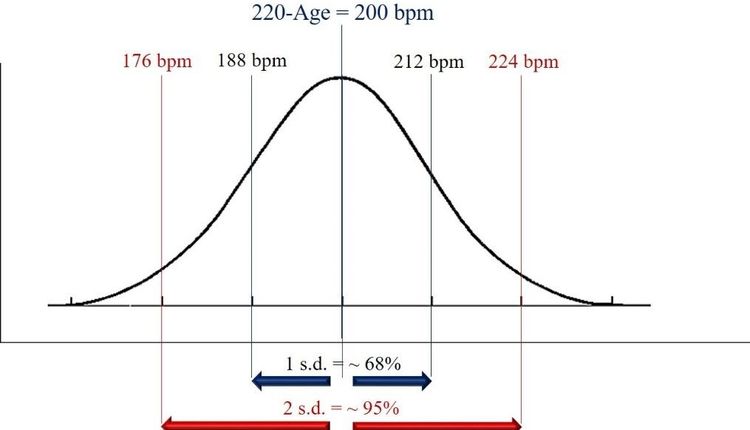It may not come as a bolt out of the blue, but one of the largest studies yet has proven that men and women really do eat differently.
Researchers who questioned more than 14,000 American adults confirmed all the stereotypes: Men are far more likely to chomp their way through a plate of meat, while women pick at vegetables. While duck, veal and ham featured prominently on the male menu, their female counterparts opted for carrots and tomatoes.
There were however a few surprises. Would you have guessed that Brussels sprouts and asparagus were more popular among men?
Salad, Please
While this research focused exclusively on Americans, several smaller studies from around the world have found the differences hold true across cultural boundaries and also down the generations with boys and girls as young as five displaying different tastes.
One, which looked at 23 countries and compared Western countries with the transition states of
This cannot just be explained away by the notion that women are more health-conscious than men: After all, on the whole, they are far less likely to take part in physical exercise.
But while this may play a role, it is also thought that the rather more negative female preoccupation with body image and counting calories is also a key factor. And there are long-standing cultural perceptions of femininity which die hard. A leafy green salad is perhaps still more likely to win over a large, rare sizzling steak for many women out on a first date.
But I do think this is something that is starting to change as gender relations have changed, says Professor Jane Wardle, director of the Health Behaviour Unit at
Five-a-Day
But it is not more burger and chips that the health campaigners wants us all to be eating but more fresh fruit and vegetables. Understanding the gender divide when it comes to healthy eating should in principle enable more effective, targeted public health interventions.
The
However, much gender relations may have changed it remains the case that the way to many mens stomachs is via the woman he lives with. Women remain the most likely to be the ones responsible for the household shopping and cooking. And from the health campaigners perspective, this may be just as well.
After all, while every woman in one study answered the question Which has more fat: a roast chicken leg or fried chicken leg? correctly, a number of their male counterparts were quite confused (And for any men or women who may be scratching their heads right now: The fried variety has 200 calories and about eight grams of fat, while the roasted one a preferable 140 calories and half the amount of fat).
Summary
Men ate more:
Veal
Shellfish
Runny Eggs
Brussels sprouts
Frozen hamburgers
Women ate more:
Carrots
Blueberries
Almonds and walnuts
Yogurt
Alfalfa sprouts
Visit news.bbc.co.uk for more information.







